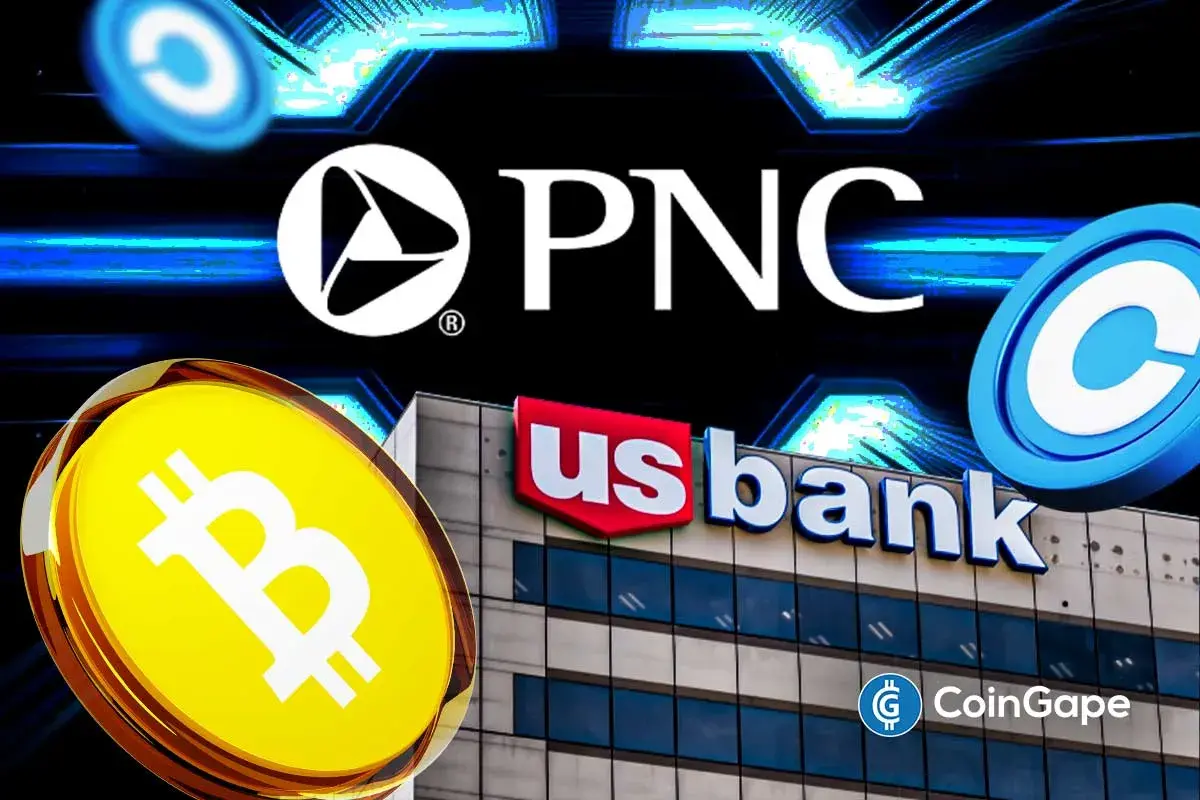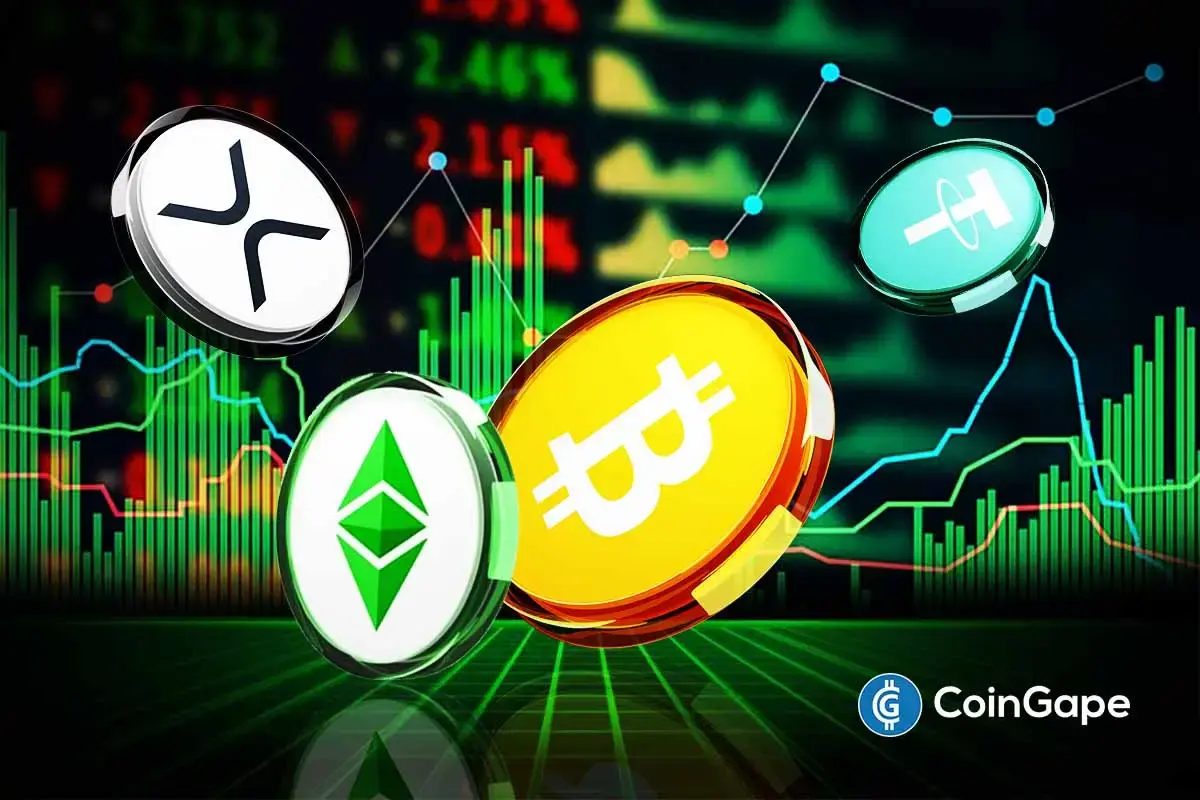Coinbase: Tokenization of US Treasury To Accelerate In This High Yield Environment

On Monday, October 30, Coinbase published a report noting that the tokenization of financial assets has been gradually gaining momentum in this high-yield environment, and is currently at its multi-year highs.
Earlier this month, even big players like JPMorgan conducted a blockchain-based collateral settlement by leveraging the Tokenized Collateral Network (TCN).
Tokenization of Assets to Accelerate
As per Coinbase, this trend would further accelerate over the next 1-2 years. The concept of tokenization, which first gained attention in 2017 for its potential to represent ownership of illiquid physical assets on a blockchain, has evolved. In the current high-yield environment, tokenization is taking on a new role in digitizing financial assets like sovereign bonds, money market funds, and repurchase agreements.
Coinbase, a prominent player in the cryptocurrency space, sees this shift as a crucial use case for traditional financial institutions and anticipates it becoming a significant aspect of the emerging crypto market cycle. However, full implementation of this concept might still be 1-2 years away.
Compared to 2017 when the opportunity cost was around 1.0-1.5%, the current environment with nominal interest rates above 5.0% highlights the capital efficiency gained from instantaneous settlement compared to the traditional T+2 settlement cycle, especially for financial institutions. Additionally, the ability to operate 24/7, and maintain transparent audit records enhances the potential of on-chain payments and settlements.
Minimizing Risks
The recent increase in front-end bond yields has triggered a noticeable uptick in yield-seeking activities among retail investors. This growing demand is channeled into various protocols aiming to access the tokenized US Treasuries market, a development that significantly differs from the landscape of 2017. For e.g. tokenized US treasuries on public networks have grown by 6x this year.

In addition, the past six years have seen the dispelling of numerous misconceptions about tokenization, particularly among top executives at major institutions. Furthermore, the counterparty risk has dropped substantially, thanks to the possibility of atomic settlements in delivery-vs-payment and delivery-vs-delivery scenarios.
Anticipations regarding the scope of tokenization opportunities exhibit a range of estimates, from Citigroup’s $5 trillion to Boston Consulting Group’s $16 trillion by the year 2030. While these figures might appear substantial at first glance, it’s important to note that they encompass forecasts for the expansion of central bank digital currencies (CBDCs) and stablecoins.
- Crypto Bill Talks Stall as Senate Democrats Push Back on Stablecoin Yield Provisions
- Breaking: Coinbase Adds Supports For Solana Tokens On DEX Trading
- Big Short’ Michael Burry Issues Dire Warning on US FED’s $40B T-Bills Buy Plan
- Expert Slams Pi Network Lawsuit as ‘Deeply Flawed,’ Says Case Unlikely to Succeed
- Crypto Market to Crash? Here’s What Bitcoin On-Chain Data and BTC Options Signal
- Dogecoin Price Set to Rebound to $0.20 After Symmetrical Triangle Breakout
- Cardano Price Dips 10% as Midnight Token Launch Turns Sour
- Bitcoin Price Holds $90k as Markets React to Fed Rate Cut: Will BTC Rally to $100k or Fall to $80k?
- Dogecoin Price Eyes $0.30 as Bullish Crossover Pattern Signals a Trend Shift
- Top Analyst Sees Ethereum Price Having a “Big” Breakout as Catalysts Align
- Sui Price Breaks Out of Falling Wedge: Is $2 Next Target?

















